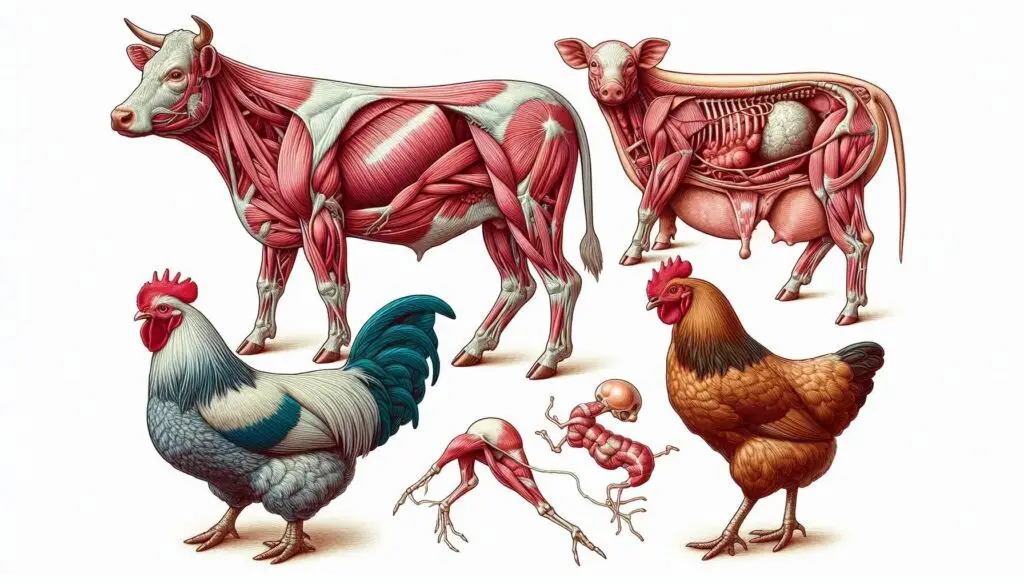Enhancing Conception Rates in Cows through Artificial Insemination

Introduction
Artificial insemination (AI) has revolutionized cattle breeding, allowing for improved genetic selection and herd management. However, achieving high conception rates remains a challenge for many farmers. This article explores the various factors influencing conception rates in cows during AI and offers practical strategies to enhance these rates.
Understanding Conception Rates in Cows
Conception rate is defined as the percentage of inseminated cows that become pregnant within a specific breeding period. High conception rates are essential for maintaining herd productivity and profitability. Factors such as breed, age, timing of insemination, and overall health significantly impact these rates.
Factors Affecting Conception Rates
1. Breed of Cow
Different breeds exhibit varying fertility levels. For instance, Holsteins may have different CRs compared to Jerseys or Angus. Research shows that crossbred cows often have lower CRs than indigenous breeds. This variation highlights the importance of selecting the right breed based on fertility potential.
- For more on breed differences and their impact on fertility, visit Dairy Herd Management.
2. Age of Cow
Age plays a crucial role in determining CR. Younger cows (less than 2 years) often show lower conception rates compared to those aged between 3 to 6 years. A study indicated that CR increased significantly with age until it peaked around 4-6 years before declining in older cows.
3. Parity Number
Parity refers to the number of times a cow has calved. Generally, first-calf heifers have lower CRs compared to older cows with multiple calvings. Research indicates that CR improves with parity up to a certain point but may decline after several calvings.
- For insights into parity effects on fertility, refer to The University of Florida Institute of Food and Agricultural Sciences.
4. Timing of Insemination
The timing of AI relative to estrus is critical for maximizing CR. Studies show that inseminating cows between 9 to 15 hours after the onset of estrus yields the highest success rates. Late or early insemination can negatively affect outcomes.
5. Health and Management Practices
Overall health significantly impacts conception rates. Cows suffering from diseases or poor management practices tend to have lower CRs. Conditions such as retained placenta can drastically reduce fertility.
- Learn more about managing cow health at Cattle Today.
Strategies to Improve AI Success Rates
Improving AI success rates involves addressing various factors systematically:
1. Optimize Insemination Timing
Farmers should closely monitor estrus cycles and aim for insemination during the optimal window post-estrus.
2. Select Appropriate Breeds
Choosing breeds known for higher fertility can lead to better outcomes.
3. Monitor Health Closely
Implementing regular health checks and managing conditions effectively can enhance CR.
4. Enhance Nutrition
Providing balanced diets tailored to reproductive needs is vital for improving fertility.
- For nutritional guidelines for dairy cattle, check out The Dairy Site.
Conclusion
Enhancing conception rates in cows through artificial insemination requires a multifaceted approach involving careful breed selection, health management, and optimal timing of insemination. By understanding and addressing these factors, farmers can significantly improve their AI success rates and overall herd productivity.
More from Veterinary Physiology:
https://wiseias.com/cytokine-receptors-in-animals/
https://wiseias.com/metabolic-receptors-in-animals/
https://wiseias.com/immune-inflammatory-receptors-animals/
https://wiseias.com/growth-development-receptors-animals/
https://wiseias.com/reproductive-regulation-in-animals-title/






Responses